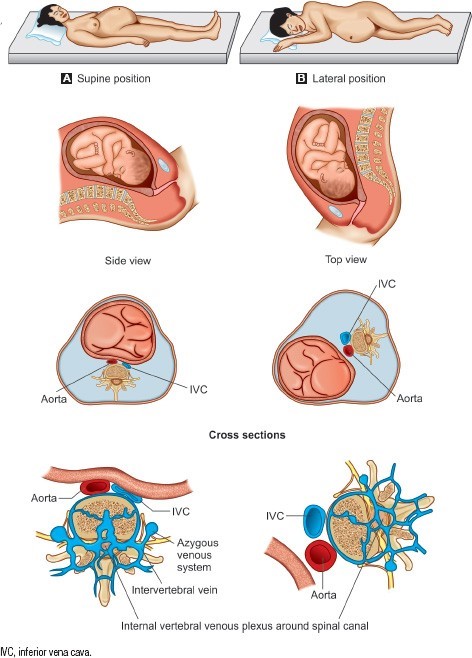A nurse is completing postmortem documentation for a client. Which of the following information should the nurse include in the documentation?
Cause of the client's death
Last set of the client's vital signs
Copy of the client's advance directives
Location of the identification tag on the client's body
The Correct Answer is D
A. Incorrect. The cause of death is an important piece of information but is typically included in the official death certificate rather than in routine postmortem documentation.
B. Incorrect. While vital signs are important during the client's care, the last set of vital signs is not usually a primary focus of postmortem documentation.
C. Incorrect. Advance directives are relevant to the client's care during life but are not typically included in postmortem documentation.
D. Correct. Documentation of the location of the identification tag on the client's body is important for accurate identification and tracking during the postmortem process.
Nursing Test Bank
Naxlex Comprehensive Predictor Exams
Related Questions
Correct Answer is A
Explanation
A. Correct.
Option A, reminding the client of the day and time often, aligns with this goal. Orienting the individual to time and place can help reduce confusion and disorientation commonly associated with delirium.
B. Incorrect. Offering the client several choices at mealtimes, might not directly address the issue of orientation and may potentially overwhelm the individual, exacerbating their confusion.
C. Incorrect. Discussing the client's fears and addressing their concerns is important for providing appropriate care and support.
D. Incorrect. Alternating daily caregivers may increase confusion for the client experiencing delirium. Consistency in care providers can be beneficial.
Correct Answer is C
Explanation
The client's symptoms of feeling dizzy, having a racing heart, and becoming pale while lying on their back may indicate supine hypotensive syndrome. This condition can occur during pregnancy when the weight of the uterus compresses the inferior vena cava, reducing blood flow to the heart and causing a drop in blood pressure.
Positioning the client on their left side helps relieve the pressure on the inferior vena cava and improves blood flow. This position allows for optimal circulation and helps alleviate the symptoms associated with supine hypotensive syndrome.

Checking the client's temperature is not necessary in this situation as the symptoms described are not typically associated with a fever. The priority is addressing the client's symptoms related to supine hypotensive syndrome.
Instructing the client to take a brisk walk is not recommended as it may exacerbate their symptoms. Walking increases physical exertion and could further decrease blood flow to the heart.
Providing the client with a glass of orange juice may be helpful if the symptoms were related to low blood sugar (hypoglycemia). However, in this case, the symptoms are more consistent with supine hypotensive syndrome. The priority is to reposition the client to improve blood flow and relieve symptoms. If the client continues to experience symptoms or if there are concerns about low blood sugar, further assessment and appropriate interventions should be implemented.
Whether you are a student looking to ace your exams or a practicing nurse seeking to enhance your expertise , our nursing education contents will empower you with the confidence and competence to make a difference in the lives of patients and become a respected leader in the healthcare field.
Visit Naxlex, invest in your future and unlock endless possibilities with our unparalleled nursing education contents today
Report Wrong Answer on the Current Question
Do you disagree with the answer? If yes, what is your expected answer? Explain.
Kindly be descriptive with the issue you are facing.
